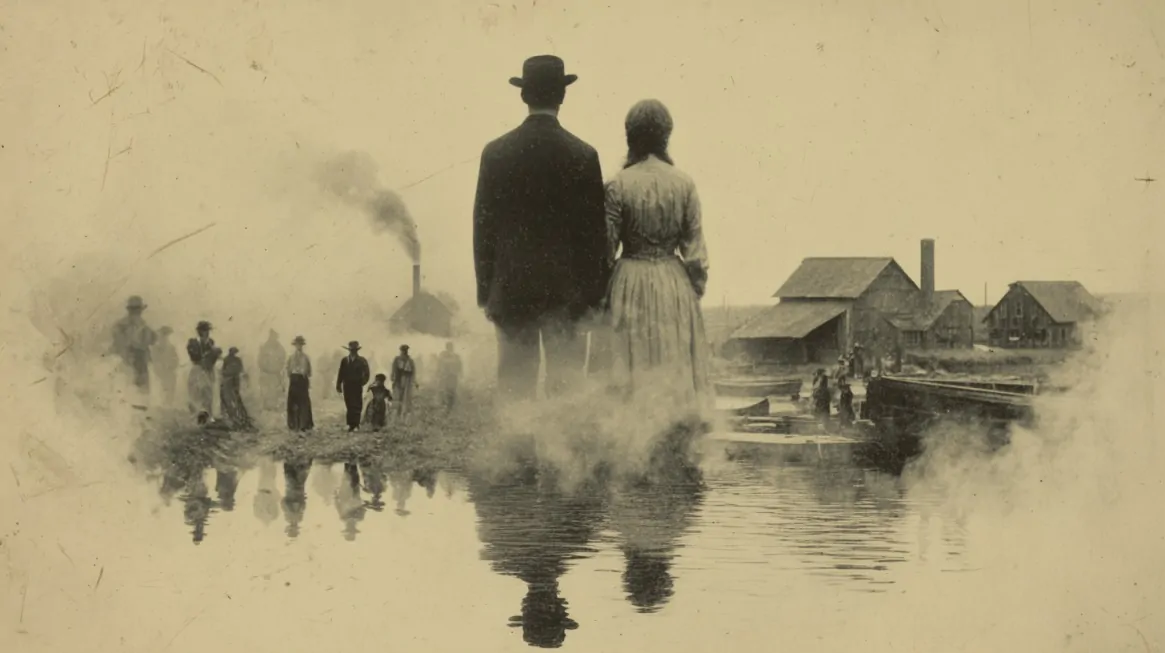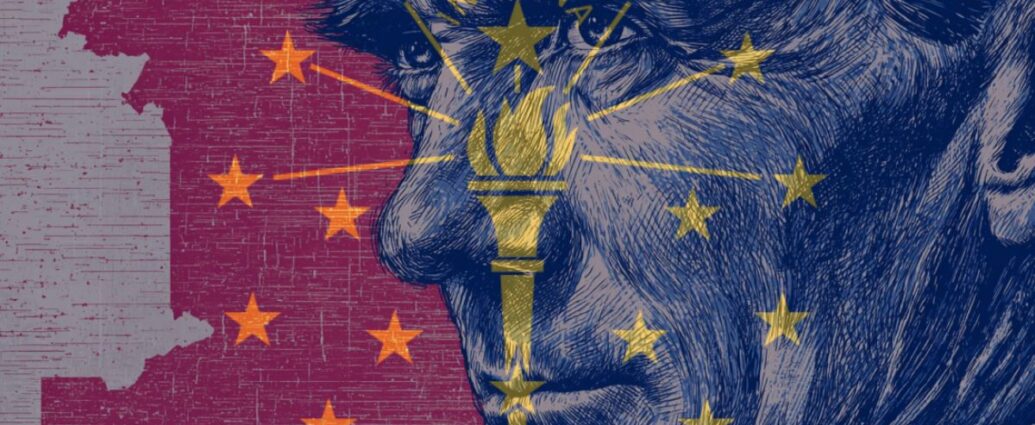Few words stir as much curiosity and pride as “Hoosier.” For nearly two centuries, the nickname has defined Indiana, creating a sense of identity that reaches past state lines.
People wear it as a badge of toughness, resilience, and hospitality, yet many still wonder where it truly began.
Long-debated theories point to frontier folklore, riverboat slang, and even humorous tavern brawls. Another perspective shines a light on Harry Hosier, a remarkable Black preacher whose influence may have shaped Indiana’s identity.
Defining the Term “Hoosier”
When people hear the word “Hoosier,” the first thought is usually Indiana. Yet the meaning has grown into something far more layered than a simple reference to a state’s residents. For nearly two centuries, the label has shaped identity, inspired pride, and become shorthand for a particular way of life.
To grasp how the word functions today, it helps to look at its modern definition, cultural associations, and institutional usage.
Modern usage leaves little doubt: anyone born or living in Indiana qualifies as a Hoosier. But the meaning tied to the name has expanded in ways that reflect character and values.
- Pride in community and heritage
- Friendliness that extends to neighbors and strangers alike
- Resilience and toughness rooted in frontier life
- Hospitality as part of everyday culture
Institutions reinforce the label’s visibility and power. Indiana University students and athletes wear the title with pride, license plates carry it across highways, and state branding highlights it as part of public identity.
For outsiders, it may function as a straightforward demonym, yet for those inside Indiana, the term is inseparable from heritage, history, and belonging.
Folkloric and Popular Theories of the Hoosier Origin
The origins of “Hoosier” have sparked centuries of debate. Scholars, poets, and storytellers have offered colorful explanations, many rooted in the culture of frontier Indiana.
These theories combine humor, practicality, and linguistic shifts, each adding texture to the story.
View this post on Instagram
“Who’s Here?” → Hoosier
Cabins on the Indiana frontier often sat far apart, making greetings essential for safety and neighborly contact.
Historians suggest that settlers called out “Who’s here?” as they approached. Over time, accents, quick speech, and oral tradition likely altered the phrase until “Hoosier” took shape.
Such a theory reflects how everyday phrases sometimes evolve into lasting cultural identifiers.
Riverboat Laborers
Busy river towns along the Ohio became centers of trade, where Indiana gained a reputation for tough, rugged laborers.
These workers, known for their grit, earned the name Hoosiers in the eyes of travelers. Once carried inland, the label began attaching itself to residents statewide.
The river-based theory underscores how work culture could influence regional nicknames.
“Whose Ear?” Bar Fight Tale
Stories of tavern brawls offer a far more humorous, if grisly, explanation.
Poet James Whitcomb Riley helped popularize the tale of a violent fight where an ear was severed. Supposedly, a bystander’s question, “Whose ear?” sparked the nickname.
Although exaggerated, the story captures the rowdy and spirited character of Indiana’s early frontier communities, reminding readers that folklore often carries exaggeration mixed with truth.
Linguistic Roots in England
Another explanation looks to England for clues. In Cumberland dialect, the word “hoozer” described something large or heavy.
Settlers with English backgrounds may have brought the term to Southern Indiana, where it transformed into Hoosier over time.
This theory highlights how migration and cultural blending shaped identities in early America.
The Harry Hosier Hypothesis
Before turning to folk tales, it is important to consider one of the most profound and inspiring possibilities: that Indiana’s identity may connect directly to Harry Hosier, a preacher who overcame extraordinary obstacles.
Who Was Harry Hosier?
Born into slavery, Hosier became one of the most respected Methodist preachers of the late 1700s. Unable to read or write, he nonetheless gained recognition for stirring sermons filled with passion and clarity.
- Benjamin Rush
- Thomas Coke
His eloquence left lasting impressions wherever he preached.
Influence and Reach
Hosier carried his sermons into the frontier, including Indiana. Settlers and Methodists drawn to his message may have begun referring to themselves as Hosiers, a label tied to their connection with his ministry.
Over time, that association could have evolved into Hoosier, extending far past religious groups into state identity. For people in search of moral grounding and unity, his influence was unforgettable.
Theory Popularization
Academic recognition of Hosier’s potential connection came in 1995 through historian William Piersen.
His research presented Hosier as a plausible root for Indiana’s nickname, arguing that faith and resilience shaped the cultural spread of the term.
Although religious history often becomes obscured or simplified over time, Hosier’s presence offers a reminder that identity sometimes emerges through unexpected and overlooked figures.
Debate and Historical Ambiguity

No origin theory enjoys universal acceptance. By the 1830s, “Hoosier” had already entered common use, leaving historians with multiple plausible explanations but little certainty.
Institutions like the Indiana Historical Bureau acknowledge that all theories remain speculative, keeping the nickname wrapped in mystery.
- Oral traditions altering phrases and preserving folklore without written proof
- Migration and cultural blending introducing foreign terms into local speech
- Stories of violence and humor taking root in frontier culture
- Religious and racial associations fading from collective memory
Although the precise origin may remain unsettled, one fact endures: Hoosier quickly became inseparable from Indiana’s identity. Folklore brings grit and humor, linguistic theories supply plausibility, and Hosier’s story offers spiritual weight.
Together they form a layered picture of how a single nickname can embody an entire state.
Final Thoughts
Hoosier carries more weight than a label for people born in Indiana. It signals resilience, pride, and community, shaped by centuries of storytelling.
Folklore gives it grit, humor, and texture, while the legacy of Harry Hosier provides a profound spiritual layer worth remembering.
Rather than settling on one origin, embracing all the stories allows the name to reflect Indiana’s complexity. Calling oneself a Hoosier today means carrying both heritage and hope, with Harry Hosier’s name woven into the roots of identity.



